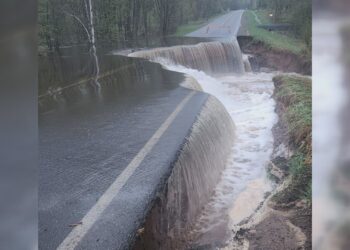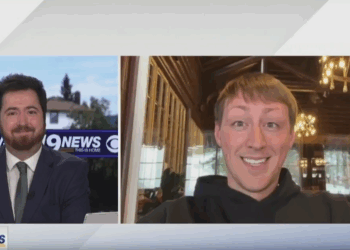On July 29, 2023, the Washington Post carried this headline: “The U.N. warns ‘an era of global boiling’ has started. What does that mean?”
Has an “era of global boiling” started? Is it really that hot? What has the summer been like across the nation and the rest of North America?
True, it’s certainly been hot in Phoenix, Arizona. It always is! The average high temperature for much of July into August in 106°. This July came in 7.2° above average– hot enough to melt plastic garbage cans!
But here (map shown in video) is the temperature anomaly for the U.S. over the last 90 days. Arizona had relatively moderate temperatures into June, so the overall mean temperature over the three months is close to average. Over the rest of the country, it’s ranged from a couple of degrees above average over the Northern Plains to a degree or two below average in parts of the eastern U.S., western Plains, and portions of California.
There was a hot spell early in western Canada, and that hot, dry weather helped ignite forest fires, which have been responsible for plumes of smoke entering the U.S., causing obscured visibility and smoky sunsets.
What’s ahead for the upcoming fall and winter? NOAA’s Climate Prediction Center sees no strong signal this fall for warm or cold over the central U.S., including Upper Michigan.
However, its outlook for this coming December through February shows a good chance of above average temperatures. That’s because of an El Nino that’s developed in the Pacific. That means warmer-than-average temperatures off the Pacific Coast of South America. Usually, this phenomenon leads to a mild winter here with less snow than average. The NOAA winter outlook is indeed leaning toward a drier winter over the Great Lakes, including the U.P.


















